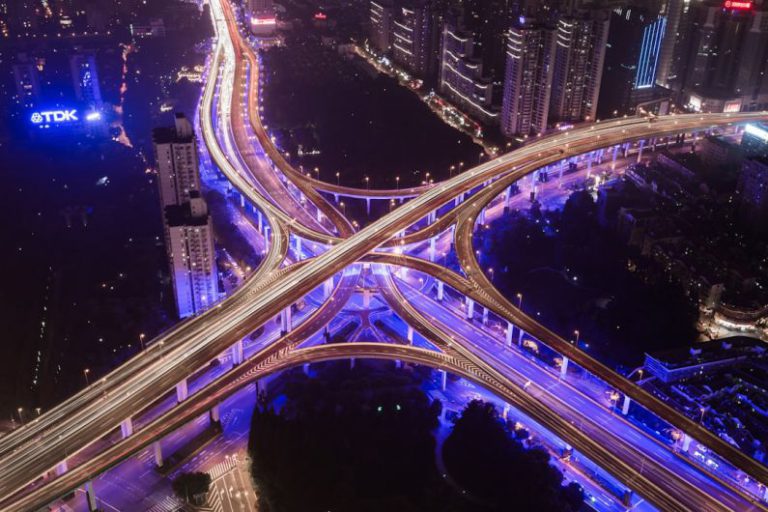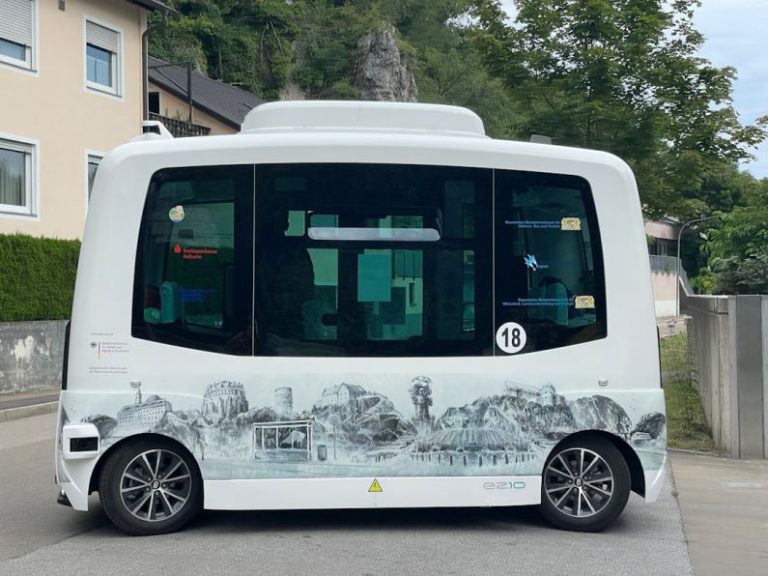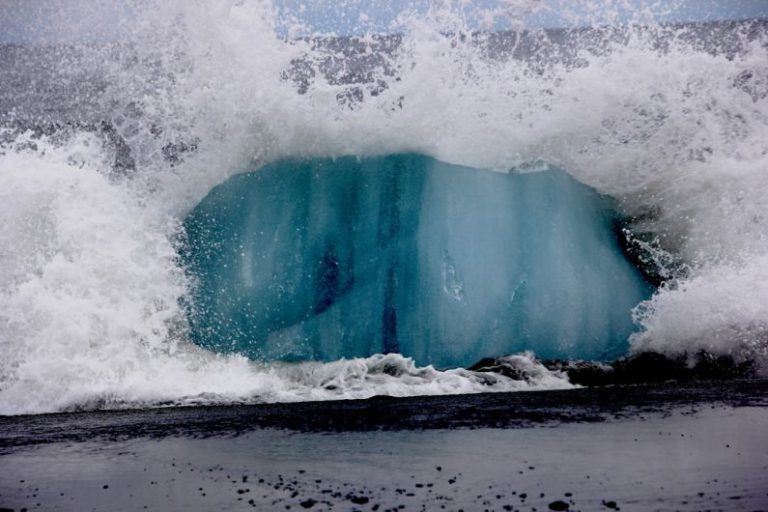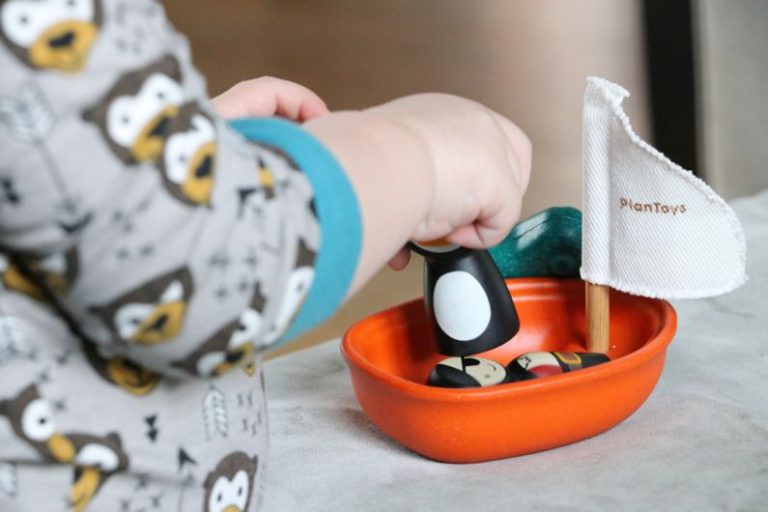Biotechnology’s Influence on Art and Design
Biotechnology, a field that merges biology with technology, is revolutionizing various industries, including art and design. This innovative intersection is reshaping the way artists and designers create, pushing the boundaries of creativity and opening up endless possibilities. From bio-art installations to biodesigned products, biotechnology is leaving a significant mark on the art and design world.
Exploring Bio-Art: A Fusion of Science and Creativity
Bio-art is a captivating form of artistic expression that blends scientific processes with artistic creativity. Artists working in this realm use living organisms, genetic material, and biotechnological tools to create thought-provoking pieces that challenge our perceptions of life and nature. Through bio-art, artists can delve into complex issues such as genetic engineering, biodiversity, and the ethical implications of biotechnology.
One prominent example of bio-art is the work of Eduardo Kac, a Brazilian-American artist known for his pioneering transgenic art. Kac’s piece “GFP Bunny,” created in 2000, involved the creation of a genetically modified rabbit that glows green under blue light. This project sparked discussions about genetic manipulation, animal rights, and the boundaries between art and science. By merging biotechnology with art, Kac pushed the boundaries of traditional artistic practices and raised important ethical questions.
Biodesign: The Future of Sustainable and Innovative Design
In the realm of design, biotechnology is paving the way for biodesign, a discipline that focuses on creating sustainable and innovative products using living organisms and biological systems. Biodesign offers a new approach to design, where materials are grown rather than manufactured, and products are designed to be biodegradable and environmentally friendly. This shift towards biological processes in design is not only eco-conscious but also opens up new avenues for creativity and experimentation.
One company at the forefront of biodesign is Ecovative Design, known for its mycelium-based materials that serve as sustainable alternatives to traditional plastics and foams. By harnessing the growth capabilities of mycelium, the root structure of fungi, Ecovative Design has developed a range of products, from packaging materials to furniture, that are biodegradable, renewable, and compostable. This innovative approach to design demonstrates the potential of biotechnology to revolutionize the way products are made and consumed.
Interactive Bio-Interfaces: Bridging Art, Design, and Technology
Another exciting development in the intersection of biotechnology, art, and design is the emergence of interactive bio-interfaces, which combine biological systems with digital technology to create immersive and interactive experiences. These bio-interfaces blur the boundaries between the natural and the artificial, inviting viewers to engage with living organisms in novel ways and explore the possibilities of symbiotic relationships between humans and nature.
One example of interactive bio-interfaces is the work of artist Joe Davis, who collaborated with scientists to create “Microvenus,” a project that involved encoding a microscopic image of the Venus of Willendorf into the genome of a bacterium. Viewers could interact with this living artwork by introducing nutrients to the bacterial culture, triggering changes in the image visible under a microscope. Davis’s project demonstrates the potential of bio-interfaces to create dynamic and ever-evolving artworks that respond to external stimuli.
The Ethical Implications of Biotechnology in Art and Design
As biotechnology continues to influence art and design, it raises important ethical considerations regarding genetic manipulation, environmental impact, and the commodification of living organisms. Artists and designers working with biotechnology must navigate these ethical challenges and consider the implications of their creations on society, the environment, and future generations.
While biotechnology offers exciting opportunities for artistic expression and design innovation, it also poses risks and uncertainties that must be carefully considered. As the boundaries between art, science, and technology become increasingly blurred, it is essential for creators to engage in critical dialogue about the ethical implications of their work and strive to uphold ethical standards in the use of biotechnology in art and design.
Embracing the Future: Biotechnology as a Catalyst for Creative Exploration
In conclusion, biotechnology’s influence on art and design is transforming the way we perceive and engage with creativity. From bio-art installations that challenge our understanding of life to biodesigned products that offer sustainable alternatives, biotechnology is reshaping the creative landscape and inspiring new possibilities. As artists and designers continue to explore the intersection of biology and technology, they have the opportunity to push the boundaries of traditional artistic practices, create innovative solutions to environmental challenges, and spark important conversations about the ethical implications of biotechnology in art and design. By embracing biotechnology as a catalyst for creative exploration, we can unlock the full potential of this dynamic and evolving field and pave the way for a more sustainable and ethically conscious future in art and design.






